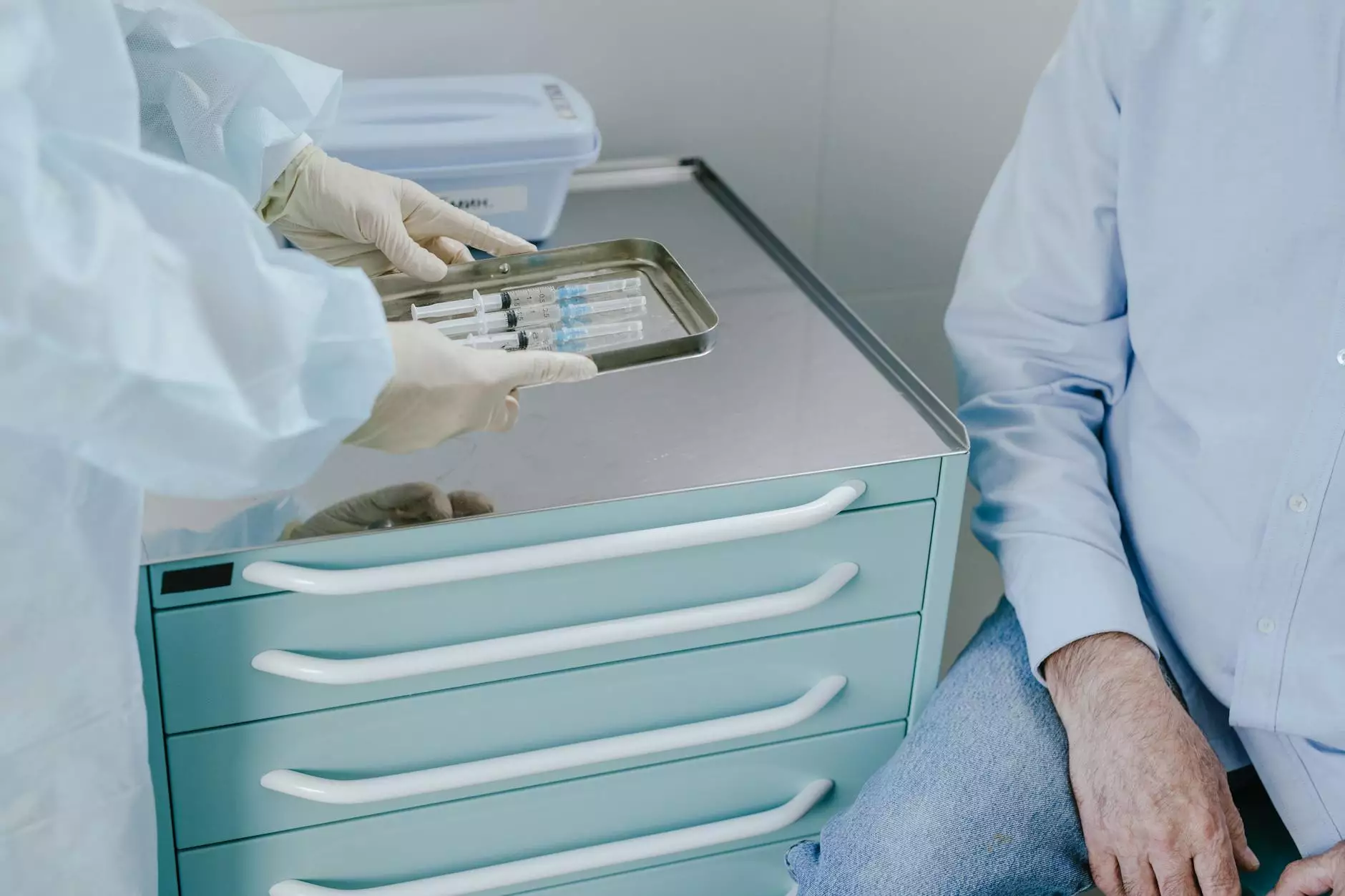How to Inject Yourself with Semaglutide: A Comprehensive Guide

Semaglutide is a medication that plays a crucial role in weight management and the treatment of type 2 diabetes. It belongs to a class of drugs known as GLP-1 receptor agonists, which mimic the effects of the incretin hormone that the body naturally produces. This article serves as a detailed guide on how to inject yourself with semaglutide safely and effectively, ensuring you maximize its benefits for your health.
What is Semaglutide?
Semaglutide is an injectable medication designed to help individuals manage their weight and glycemic levels. It works by regulating appetite, slowing gastric emptying, and improving insulin sensitivity. This combination makes it a powerful ally in combating obesity and diabetes.
Benefits of Semaglutide
- Weight Loss: Semaglutide has shown remarkable results in clinical studies, with participants losing significant weight.
- Improved Blood Sugar Control: It aids in lowering blood sugar levels, making it ideal for those with type 2 diabetes.
- Reduced Risk of Cardiovascular Events: Studies suggest that semaglutide may lower the risk of heart diseases in individuals with obesity and diabetes.
Supplies You Will Need
Before you learn how to inject yourself with semaglutide, make sure to gather all the necessary supplies:
- Semaglutide injection pen
- Alcohol swabs
- Syringe (if required by your specific pen type)
- Sharps disposal container
Preparing the Semaglutide Injection
The first step in learning how to inject yourself with semaglutide is preparation. Follow these steps to ensure you are ready:
- Wash Your Hands: Always start by washing your hands thoroughly with soap and water to prevent the risk of infection.
- Check the Medication: Examine the semaglutide pen or vial to ensure it is clear and free of particles. Do not use it if it appears discolored or contains any floating particles.
- Remove the Cap: If using a pen, remove the outer cap to expose the injection needle. If using a vial, prepare the syringe as per the instructions.
Choosing the Right Injection Site
Selecting an appropriate site for injection is critical for effective administration of semaglutide. Common injection sites include:
- Abdomen: At least 2 inches away from the navel.
- Thigh: The front part of your thigh can be a great alternative.
- Upper Arm: The outer area of your upper arm is also acceptable.
It’s essential to rotate your injection sites to avoid lipodystrophy, which is the buildup of fat in specific areas due to repeated injections.
Injecting Semaglutide: Step-by-Step Instructions
Once you have prepared everything, it's time to learn how to inject yourself with semaglutide. Follow these step-by-step instructions for a safe and effective injection:
- Clean the Area: Use an alcohol swab to clean the chosen injection site. Allow it to dry completely to minimize stinging.
- Pinch the Skin: Gently pinch the skin at the injection site to help ensure the needle goes into the fatty tissue.
- Inject: Insert the needle at a 90-degree angle for most areas (45-degree for leaner areas) swiftly and firmly. Push the plunger down slowly to administer the semaglutide.
- Withdraw the Needle: After the medication is delivered, withdraw the needle quickly and apply light pressure to the site with a cotton ball or gauze.
- Dispose of the Needle: Place the needle into a sharps disposal container immediately to minimize the risk of injury.
Post-Injection Care
After administering the shot, you may experience mild redness or swelling at the injection site. This is usually harmless but can be managed by:
- Applying a cold compress to reduce swelling.
- Avoiding rubbing the site.
- Keeping track of the injection sites and rotating them appropriately.
Common Side Effects of Semaglutide
Understanding the potential side effects can help you manage them should they arise. Some common side effects include:
- Nausea: A mild side effect generally subside with continued use.
- Diarrhea: Regular bowel movements may fluctuate.
- Hypoglycemia (Low Blood Sugar): Monitor your blood sugar levels as per your doctor’s advice to avoid drops.
Monitoring Your Progress
When using semaglutide for weight loss or diabetes management, it is critical to monitor your progress. Here are some tips:
- Regular Check-ups: Schedule consistent appointments with your healthcare provider to review your progress.
- Log Your Measurements: Keeping a record of your weight, blood sugar levels, and any side effects can be useful for discussions with your healthcare provider.
- Adopt a Holistic Approach: Combine semaglutide usage with a balanced diet and regular exercise for optimal results.
Conclusion
Injecting semaglutide yourself might seem daunting at first, but with this comprehensive guide on how to inject yourself with semaglutide, you can feel confident in taking control of your health journey. Always follow your healthcare provider’s instructions and do not hesitate to reach out if you have any concerns. Remember, you are not alone on this journey; support is always available.
For further resources and information on health, weight loss, and semaglutide, visit skinnyquick.co.



